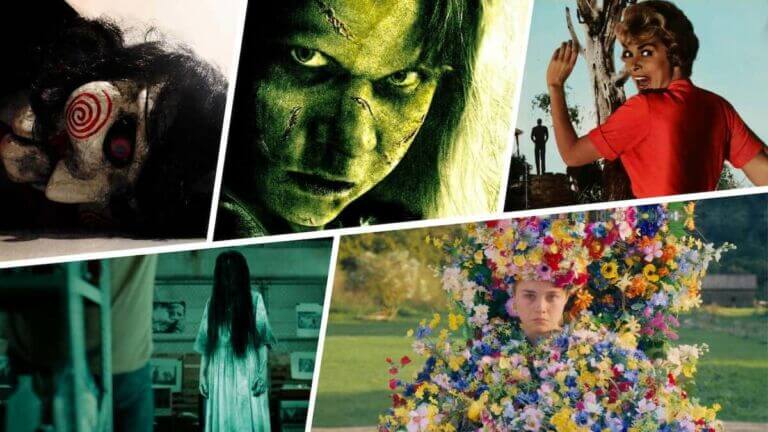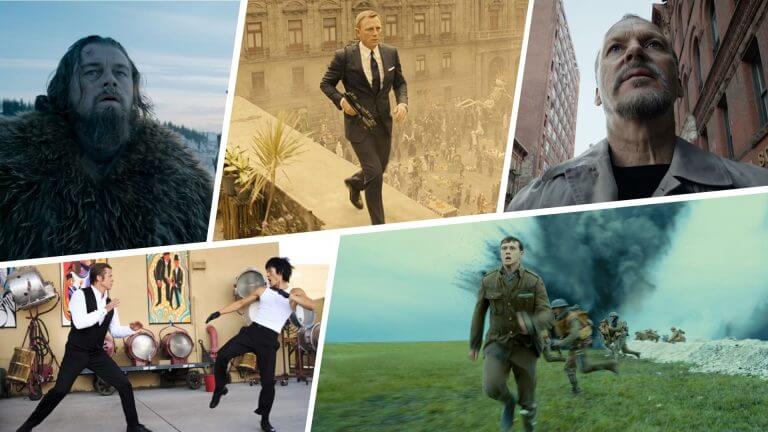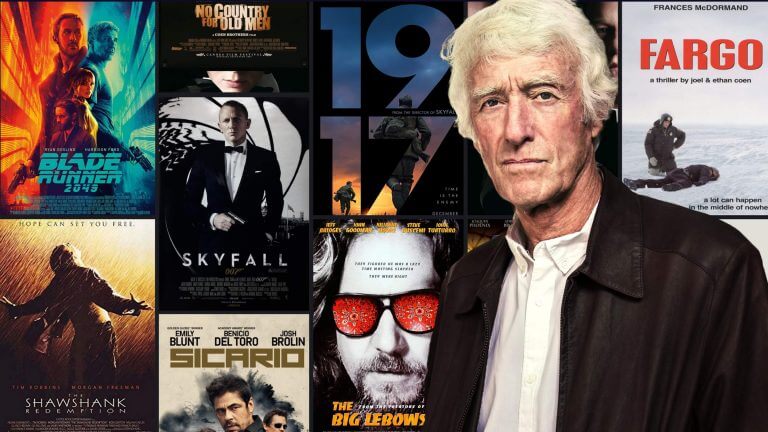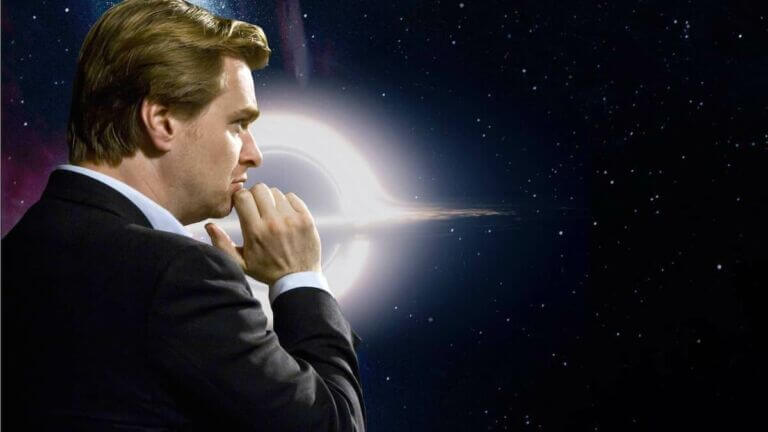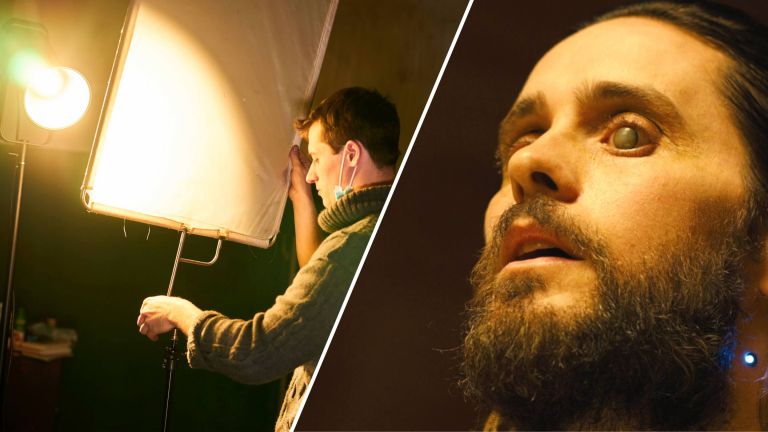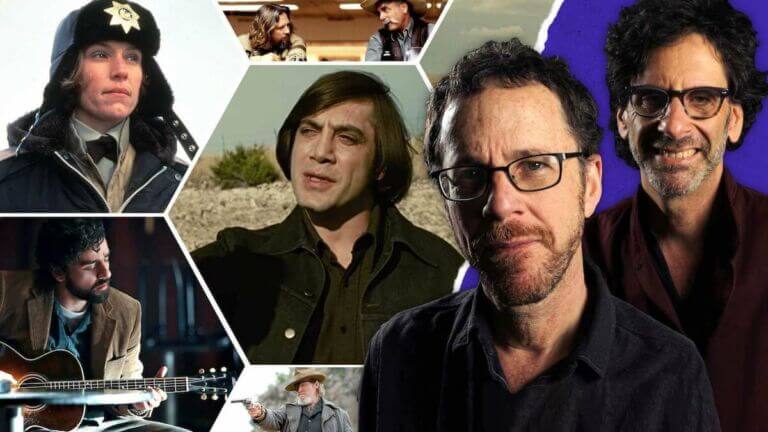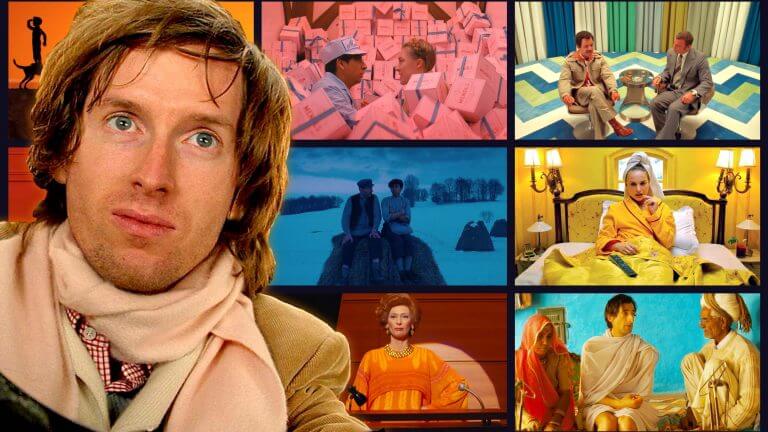Sam Mendes, director of stage and screen, may not release quite as many feature films as some of his contemporaries but one thing he has displayed in abundance is variety. With the exception of his turns in the James Bond series as the Spectre and Skyfall director, it’s rare to see Sam Mendes movies tackle the same subject matter more than once. With a chameleon filmography, he leaps from gangster film to war film to drama to rom-com. Mendes adapts his style to best suit the story at hand, rather than focusing on a cohesive directorial fingerprint across his body…
There are many things that define movies directed by Edgar Wright. Brilliant needle drops. Laugh-out-loud moments by the barrelful. And characters subtly telling you at the beginning what’s going to happen throughout the movie. There’s really no such thing as a bad Edgar Wright movie, so consider this a ranking from great to greatest. By looking at each of his films, we can dissect what makes him such an idiosyncratic filmmaker and why each new film he comes out with is met with intense anticipation from movie lovers. We've left his first feature, A Fistful of Fingers, off the list…
Every film needs suspense. At the foundational level, a story poses a question in the beginning and answers it by the end. The suspense is the anticipation for that answer. But what are the elements of suspense films? And how do we go about building suspense with film technique? Film is the perfect medium for creating suspense and we'll use Gore Verbinski’s 2002 remake of The Ring as our case study.Continue reading Elements of Suspense — Building Suspense with Film Technique
Creating one moment that stands out in the minds of the viewer after your film or tv show ends can be hard, but it is possible. The long take is one way to do it. Today we’re going to go over the best long takes in film and television. Continue reading The Best Long Take Shots & How They Push the Story Forward
Have you ever wondered how to make your films look like the pros? You might feel inclined to blame your camera, your lenses, your budget, but that would be the wrong response. All of the great cinematographers study the characteristics of light. Learning how to control the fundamentals of lighting will allow you to shape light that creates images worthy of the big screen. Although we will be discussing cinematography lighting, all of these principles apply to photography lighting as well. As this series of articles on lighting techniques progress, we will go into greater detail about each of the four…
Best Nolan MoviesNolan's Directing StyleNolan Directing Tips Nolan's CirclesNolan's Shot List Understanding how Christopher Nolan approaches filmmaking is an important step to improving your own skills, but his films are complicated puzzles that are built to confuse and perplex viewers. His use of visual and narrative circles creates intricate and layered films. In this post, we’re going to find the “head of the snake” that governs the overall philosophy of Christopher Nolan’s filmmaking. Let’s jump in.Continue reading How Christopher Nolan Films use Circles to Warp Sight & Sound
Filmmakers always strive to make an audience feel a certain way when watching their films. One of the most fundamental ways is through lighting. And fill light is one of the most fundamental lighting methods to understand. It determines the contrast, shadows, and brightness of the shot. Understanding the fundamentals of light, how to shape it, and how to use it to elevate your story will make you a more well-rounded filmmaker. Once you grasp the basics of fill light and how it functions, you can create a lighting style that is unique and functional. Let’s dive into the…
One of the most, if not the most, iconic and influential directing duos of all time, the Coen Brothers have secured a place in the zeitgeist and in the annals of film history. From Blood Simple to The Ballad of Buster Scruggs, the Coen Brothers’ filmography has been both eclectic and distinctive. In this post, we’ll be providing a Coen Brothers bio, taking a look at how they got their start, and exploring the Coen Brothers’ film style as a whole. Join us as we answer the question: who are the Coen Brothers?Continue reading Who Are the Coen Brothers —…
Mise en scene plays a huge role in communicating the tone of a story -- but what is mise en scene? In classical terms, mise en scene is the arrangement of scenery and stage properties in a play or film. Today, mise en scene is regarded as all of the elements that go into any single shot of a production. Four of the most important aspects of mise en scene are: sets, props, costume/hair/makeup, and lighting. We’re going to show you how master filmmakers apply color to these four aspects of mise en scene with examples from films by Stanley…
You can tell a lot about a movie based on its color palettes. Color evokes mood and tone. And few directors understand this quite as idiosyncratically as Wes Anderson. In pretty much all of his films, you could take any single frame and learn so much about the characters or plot. And it all comes down to how he uses color. For this blog, we’re breaking down a single Wes Anderson color palette from each of his movies to see what we can glean across his filmography and how his use of color plays with costumes, character development, and themes.…


